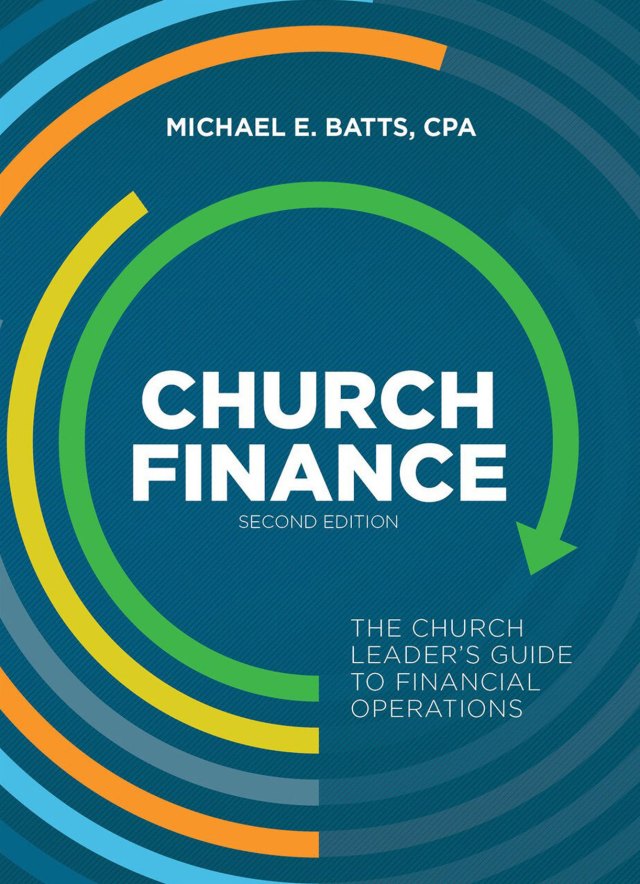Tribuzi v. Commonwealth, 487 S.E.2d 870 (1997)
Background. What do you do when you suspect that an employee or volunteer has embezzled church funds, but you can't prove it? How much evidence do you need before you accuse or remove the person? If the person is prosecuted for the crime of embezzlement, what kind of evidence is needed for a conviction? A Virginia court addressed some of these questions, and its decision provides helpful guidance to church treasurers and other church leaders.
The Virginia case. A hospital operated a cafeteria. At the end of each day, cashiers would count the money in the cash registers, report the amount on "face sheets," and then deposit the money in a safe. The next morning, an employee (the "defendant") opened the safe, counted the money, reported this amount on a deposit slip, placed the money in a bank bag, and gave it to a member of the hospital's security staff for deposit at a bank. Other employees had access to the safe, and were authorized to perform the same responsibilities as the defendant.
Over a four-day period, a discrepancy of $1,010 occurred between the amount of money the cashiers reported and the amount deposited in the bank. The defendant was charged with the crime of embezzlement. He denied any wrongdoing, and insisted that there often were discrepancies between the cashiers' deposits and the amounts deposited in the bank. The defendant was found guilty by a trial court, and he appealed.
An appeals court reversed the defendant's conviction. It noted that "to establish the crime of embezzlement … it is necessary to prove that the accused wrongfully appropriated to his use or benefit, with the intent to deprive the owner thereof, the property entrusted to him by virtue of his employment or office." The court then provided the following additional clarification:
It is not sufficient that the evidence creates a suspicion of guilt, however strong, or even a probability of guilt, but must exclude every reasonable hypothesis save that of guilt …. A bookkeeper cannot be held criminally liable for embezzling funds merely because the funds received had not been deposited where there is an obvious lack of internal control and where persons other than the accused received funds and made some entries in the accounts in the absence of a showing that he converted the funds to his own use.
The court conclude that the evidence was not sufficient to convict the defendant. It based this conclusion on the fact that other employees had access to the safe, and therefore the state "failed to disprove the reasonable hypothesis that another individual who had access to the safe removed money from the envelopes."
The court also noted that the amount of money reported by the cashiers often did not match the amount printed on the cash register receipts, and this was another possible explanation for the alleged embezzlement. The court observed:
This evidence supports a reasonable hypothesis that the amount of money the cashiers actually placed into the envelopes did not match the amount of money the cashiers reported on their face sheets. Simply put, the evidence failed to exclude the reasonable hypothesis that the discrepancy was caused by counting errors committed by the cashiers.
The court concluded that the state failed to "overcome the presumption of innocence and establish the defendant's guilt beyond a reasonable doubt."
What this means for churches
This case demonstrates the difficulty that may be encountered in proving that a particular employee or volunteer committed embezzlement, if other reasonable explanations exist. Of course, this case involved a criminal prosecution requiring the highest degree of proof—beyond a reasonable doubt. While a lesser degree of proof applies to a church's decision to accuse or remove a suspected embezzler, church leaders must recognize that a reasonable and credible basis still must exist. Even this lesser standard of proof may be difficult to prove if the suspected embezzler denies any wrongdoing and other reasonable explanations exist.
Key point. In this case, embezzlement was not proven because (1) more than one person had access to the safe, and (2) there was ample evidence that the discrepancies between the cashiers' money counts and the amounts deposited by the defendant could have been caused by counting errors by the cashiers rather than by embezzlement. Before accusing an employee or volunteer of embezzlement, be sure that you can rule out any other reasonable hypothesis.




